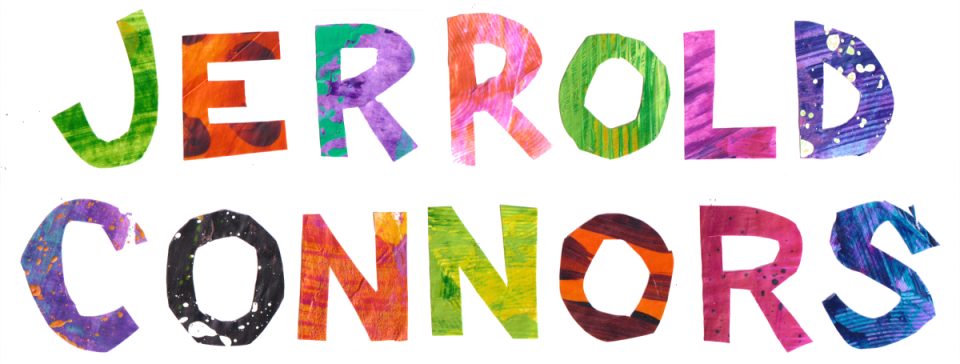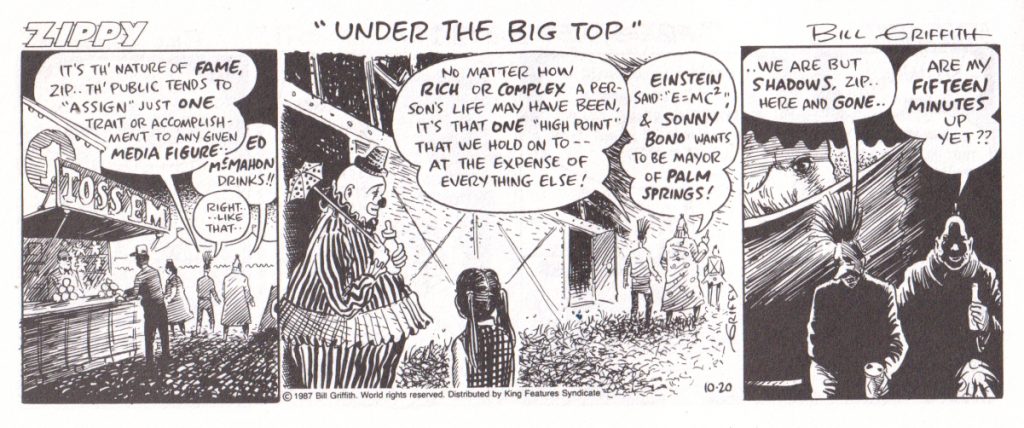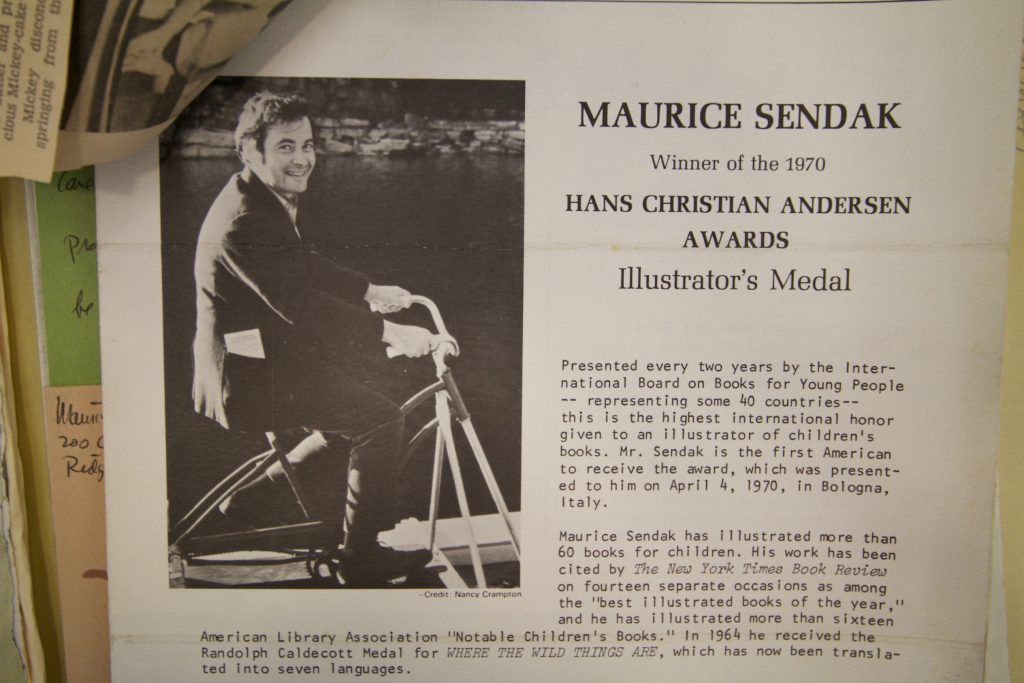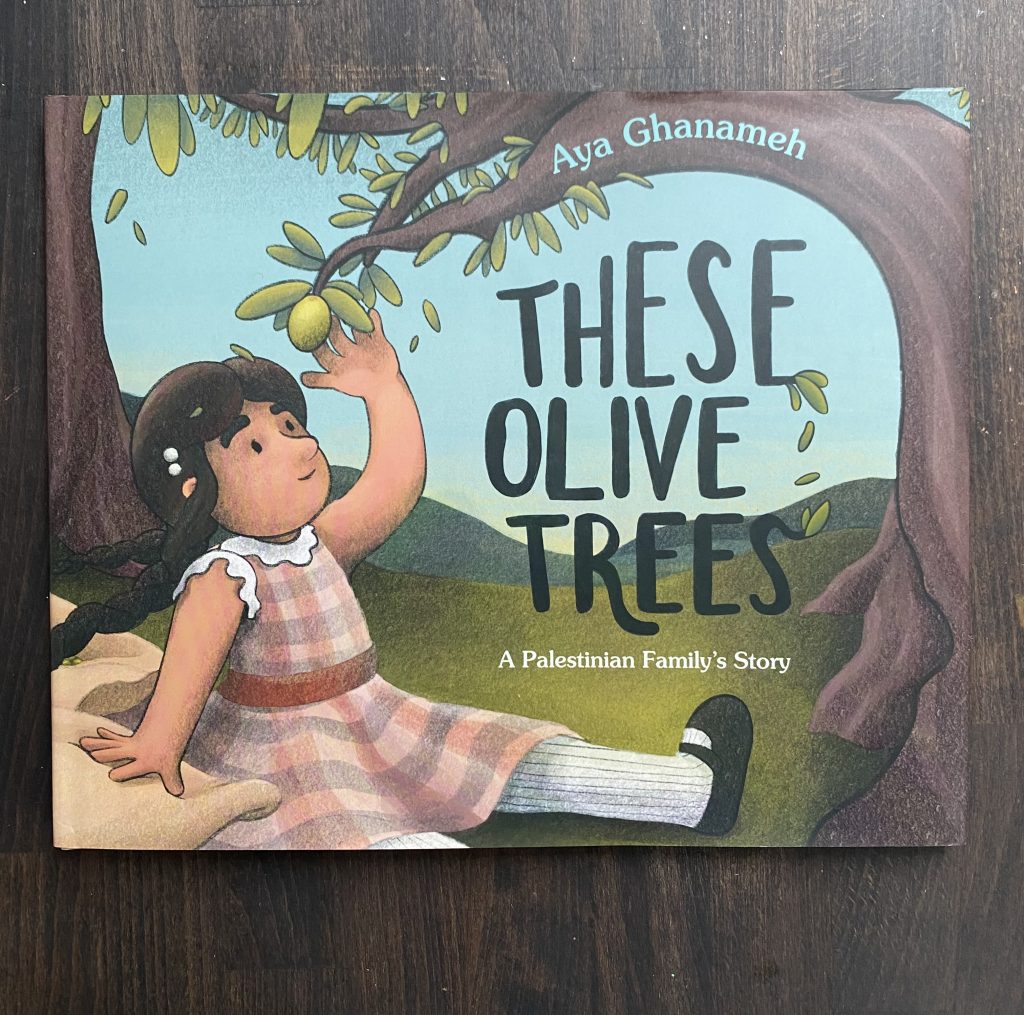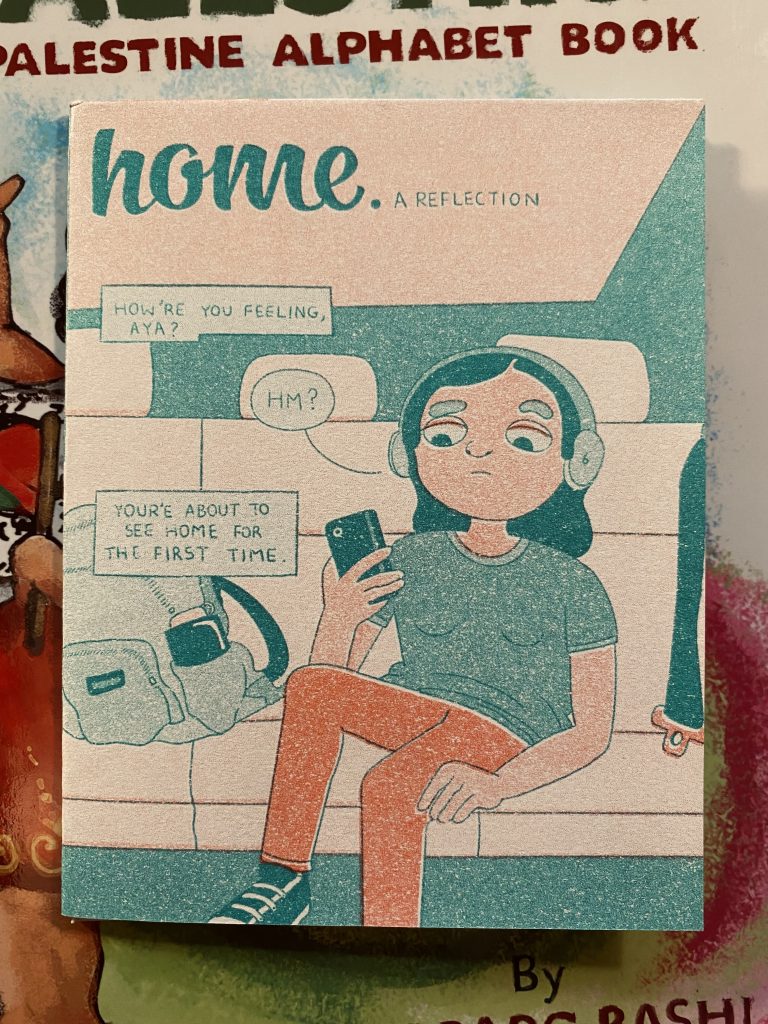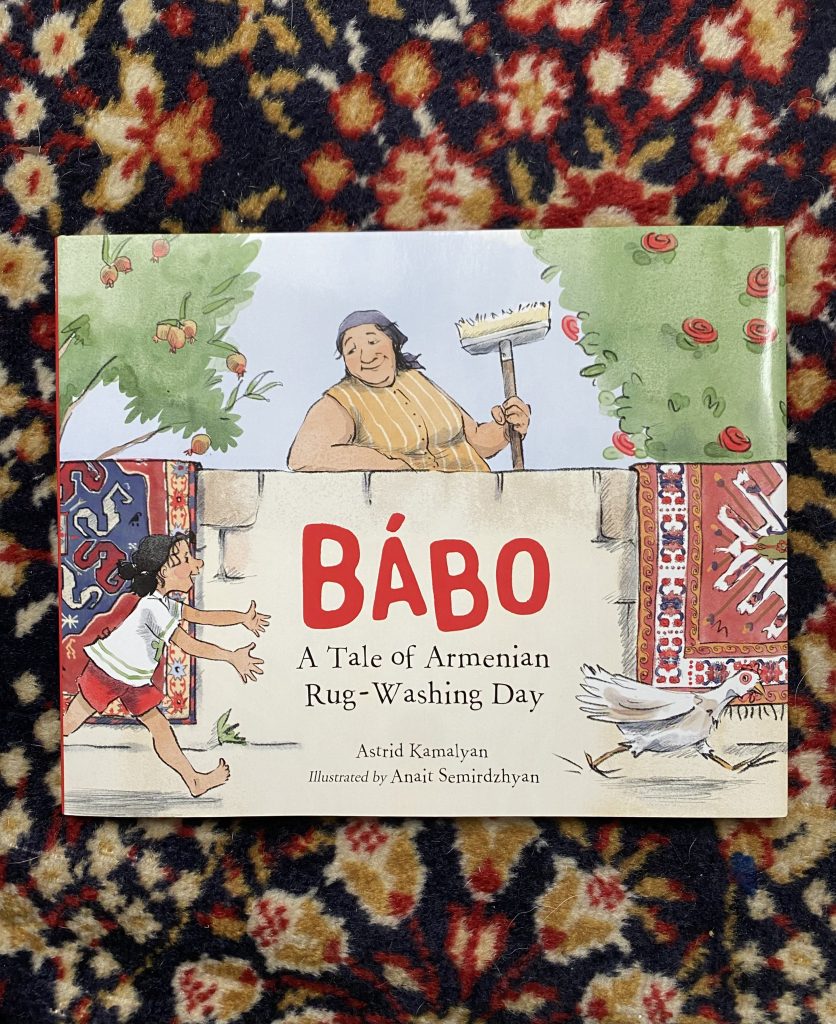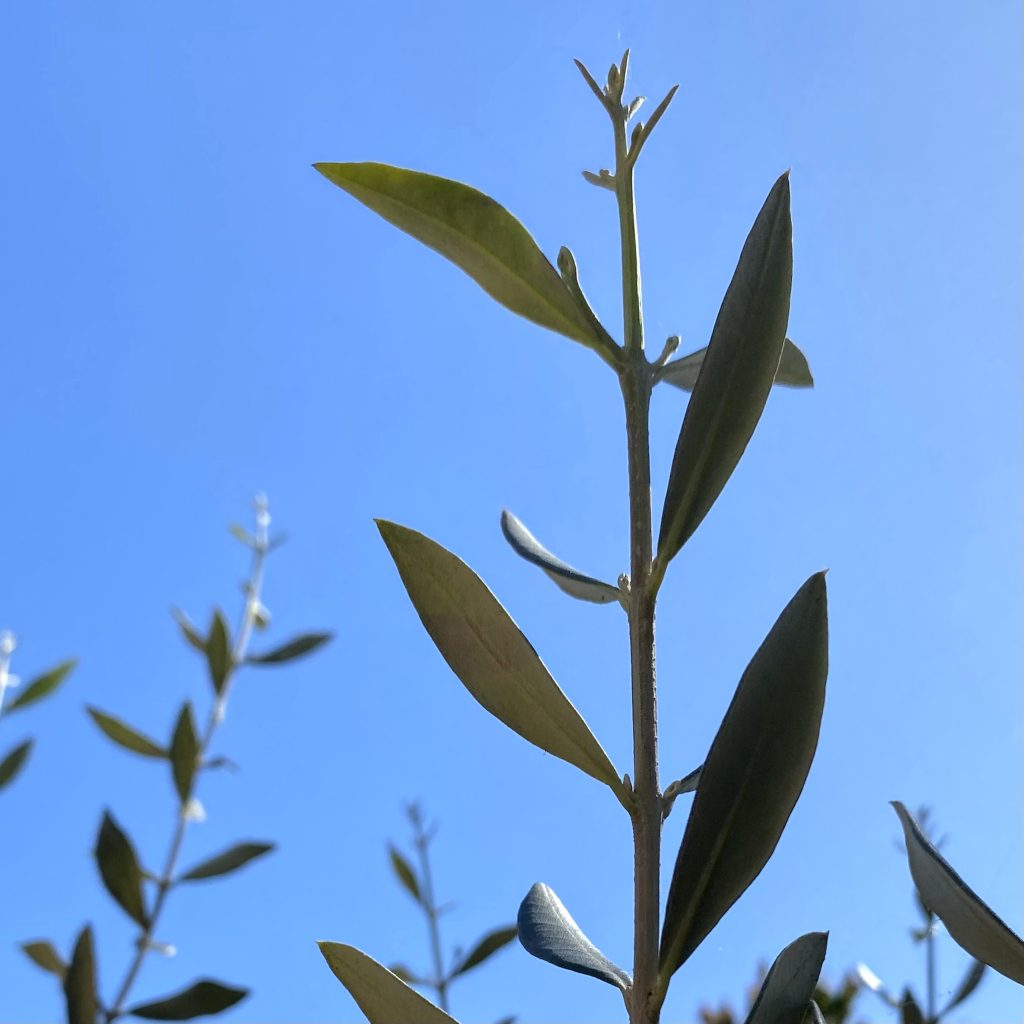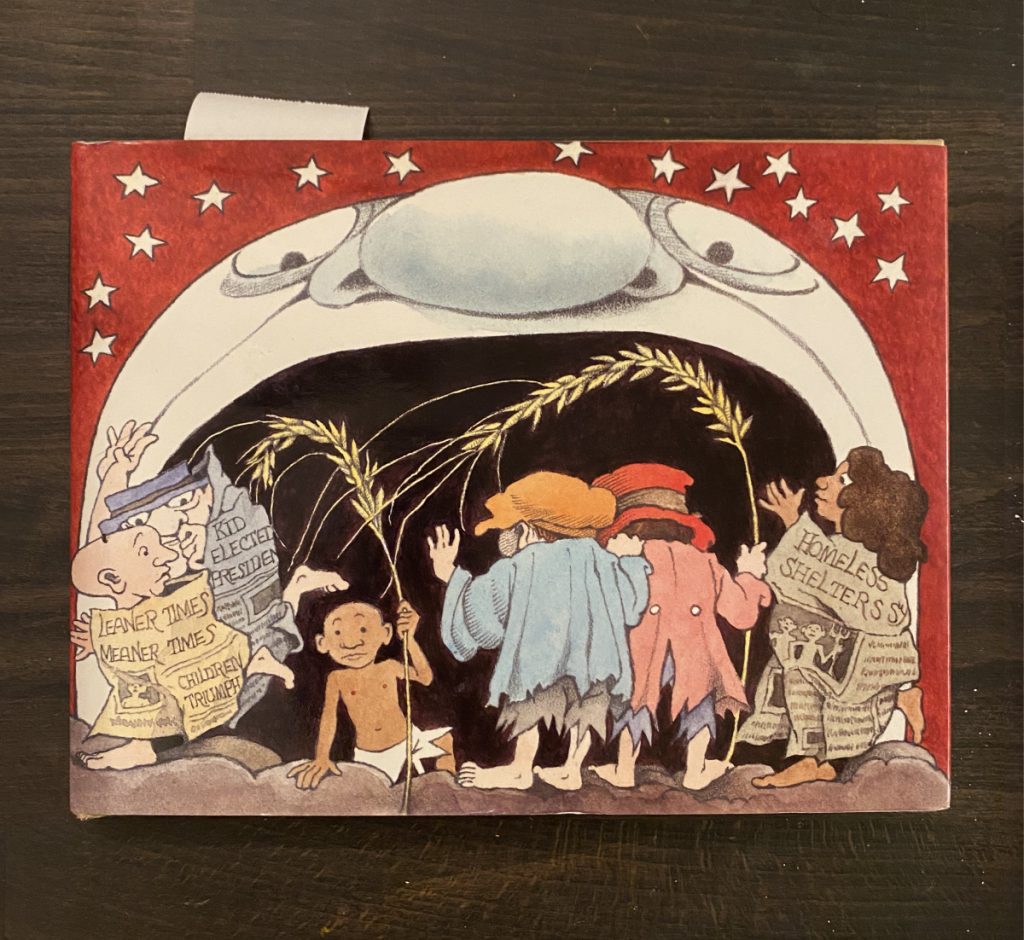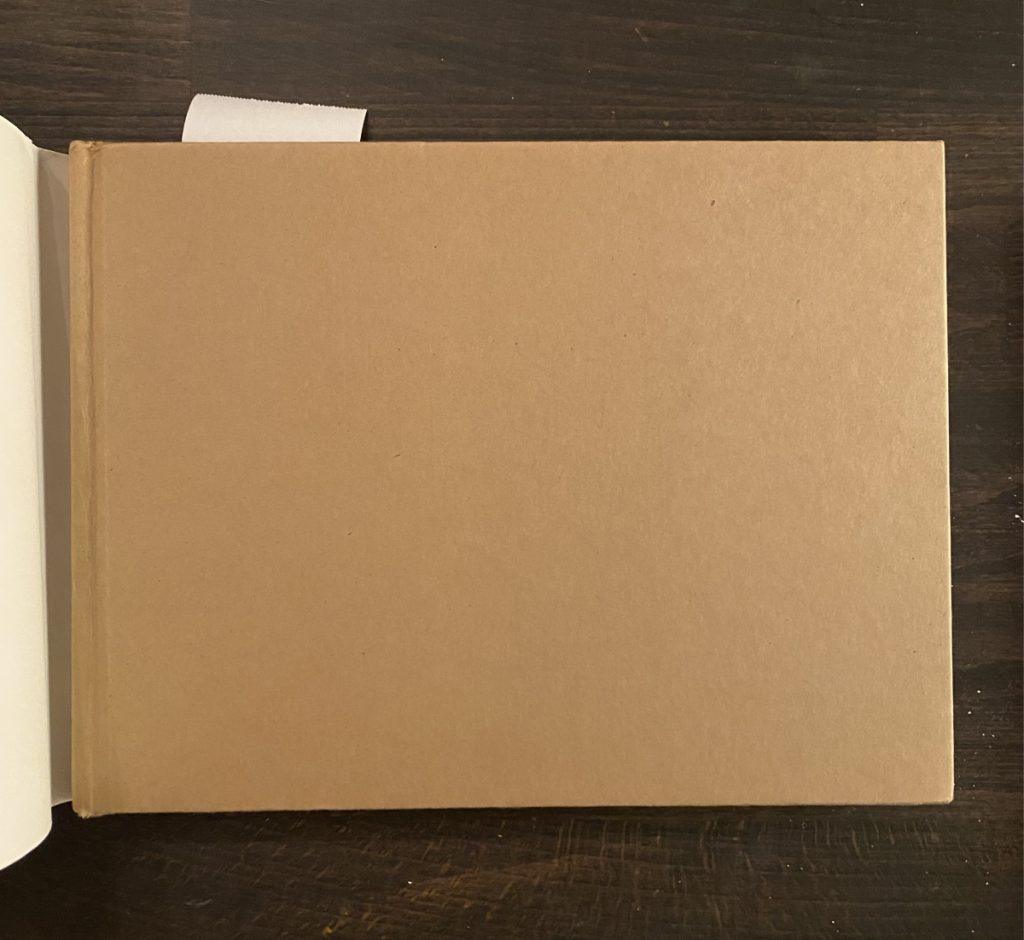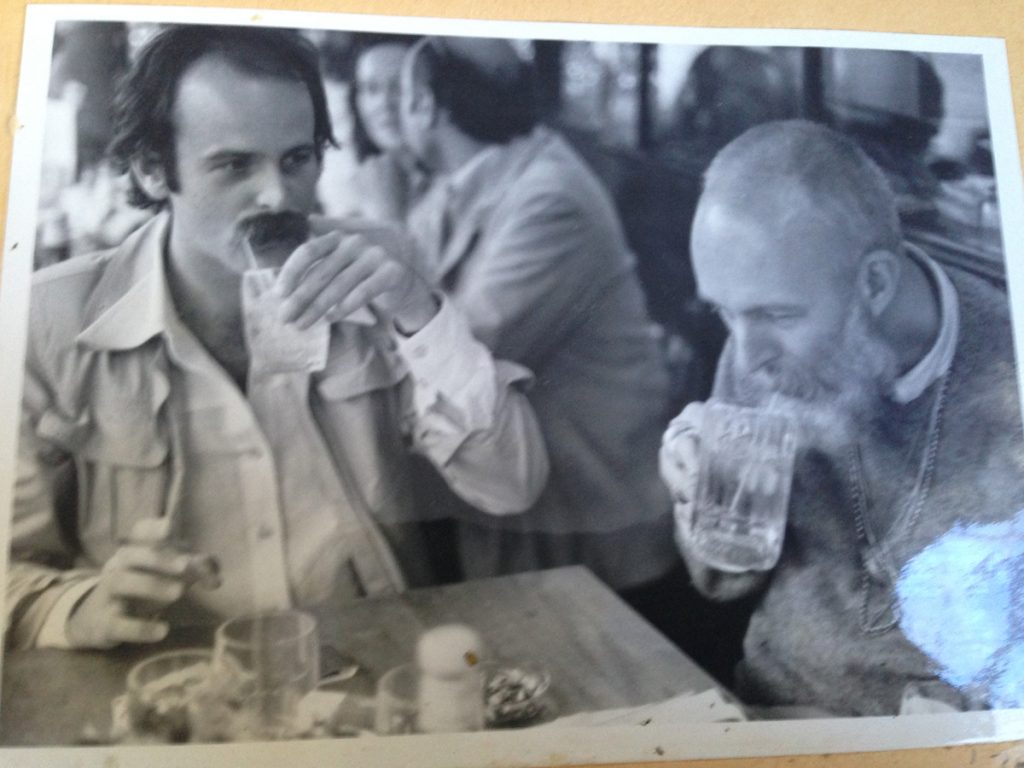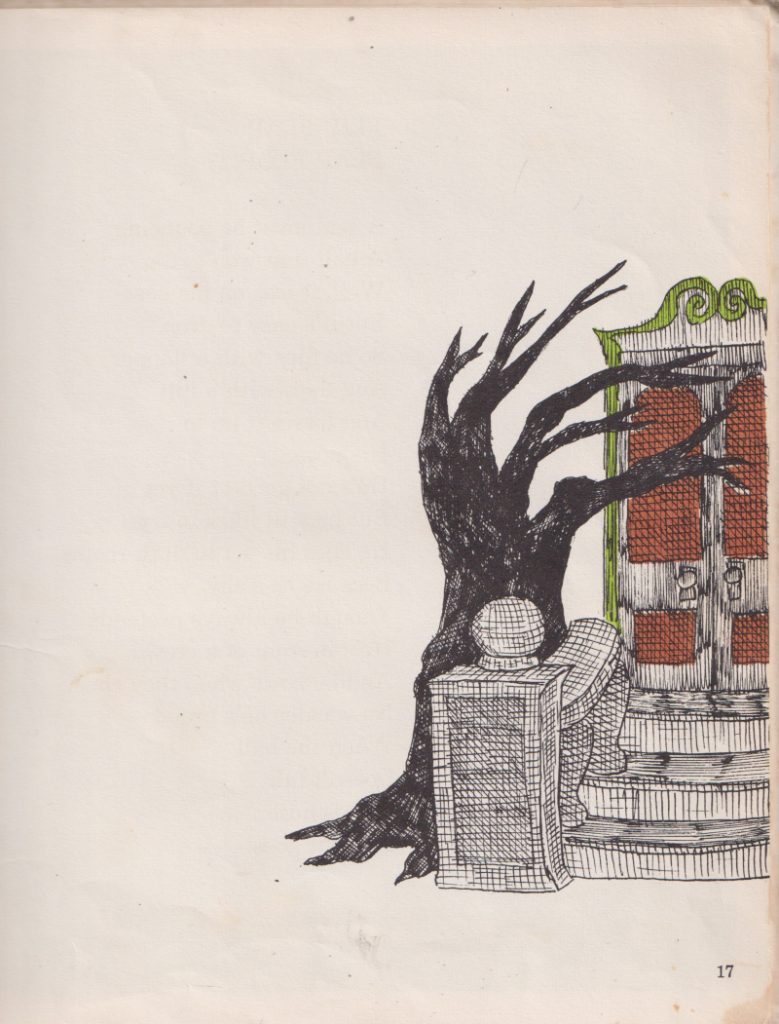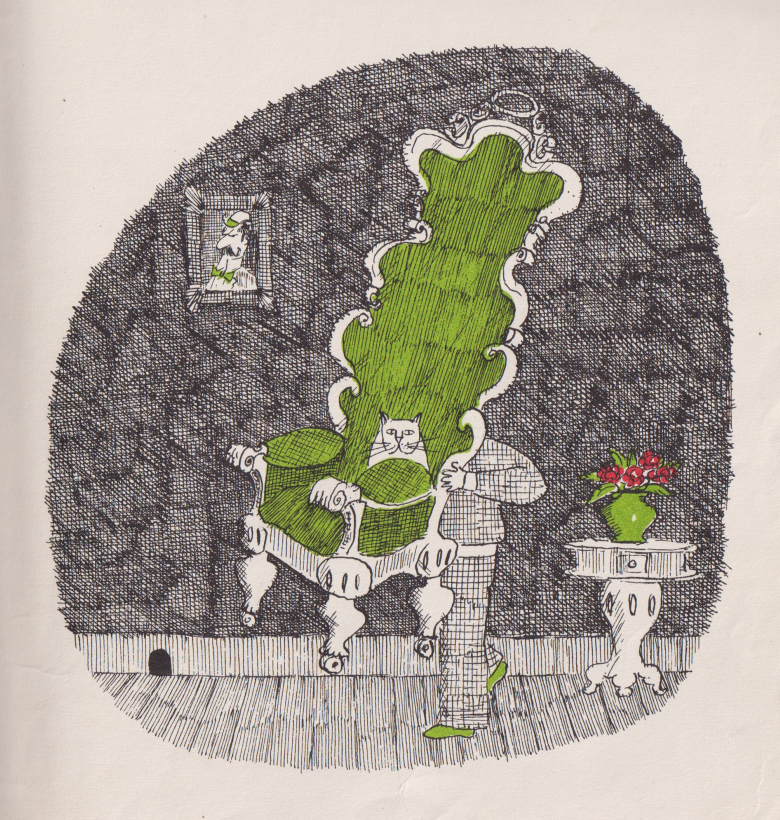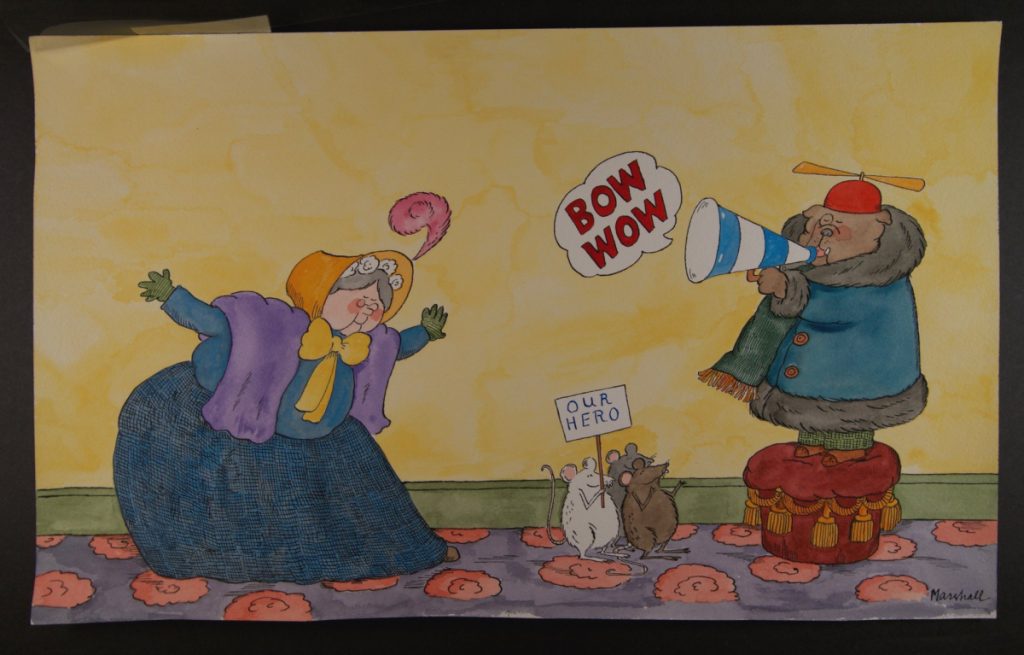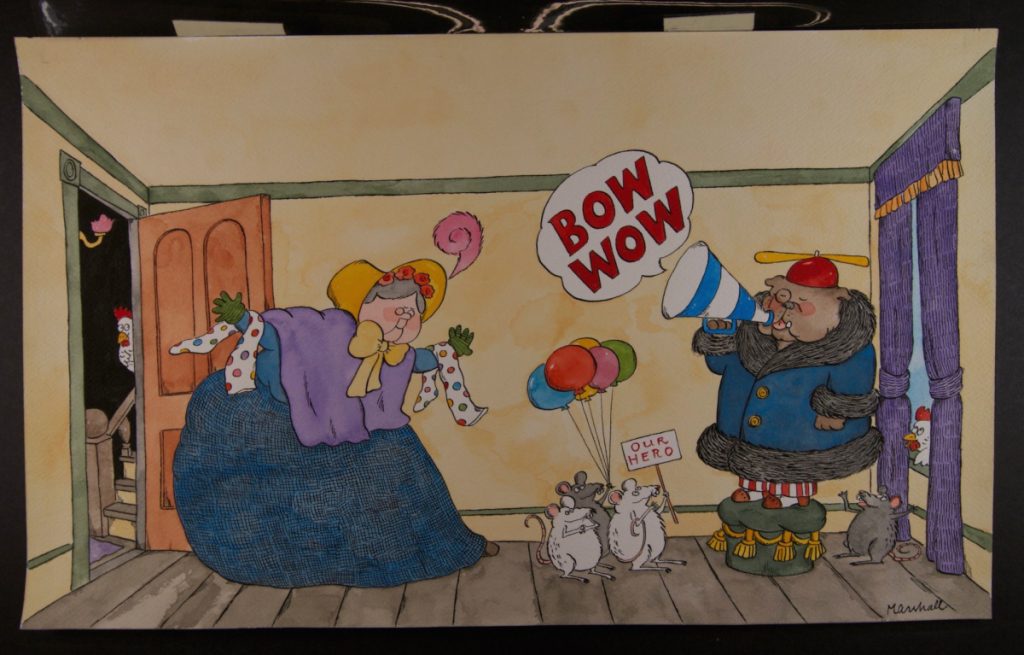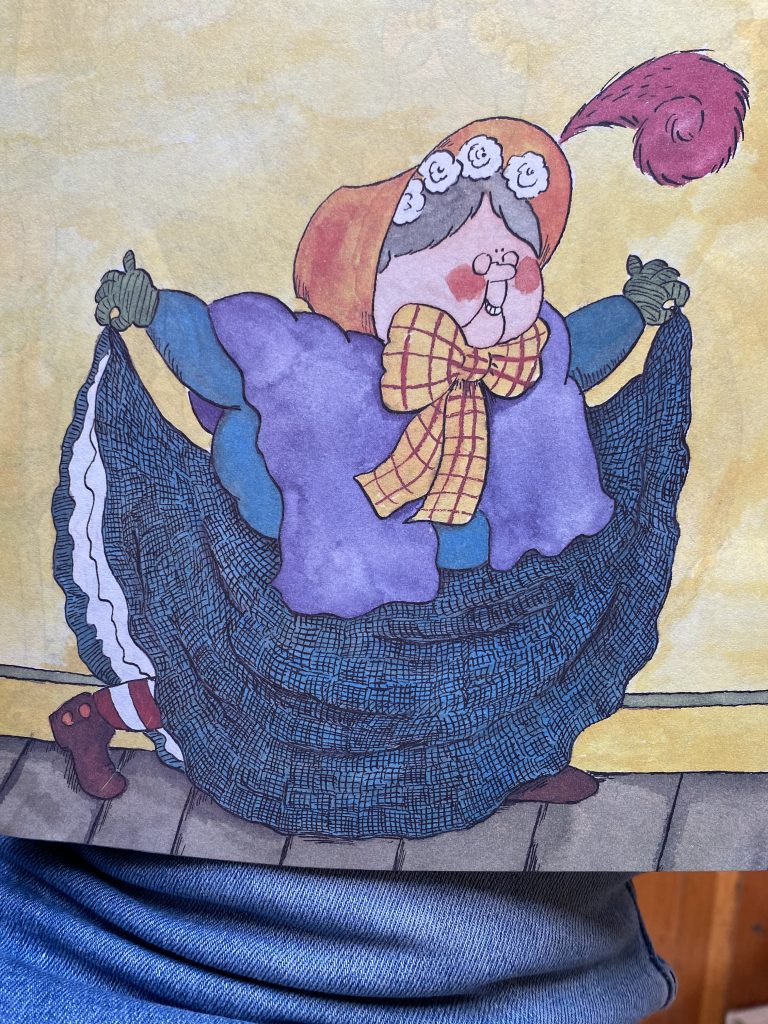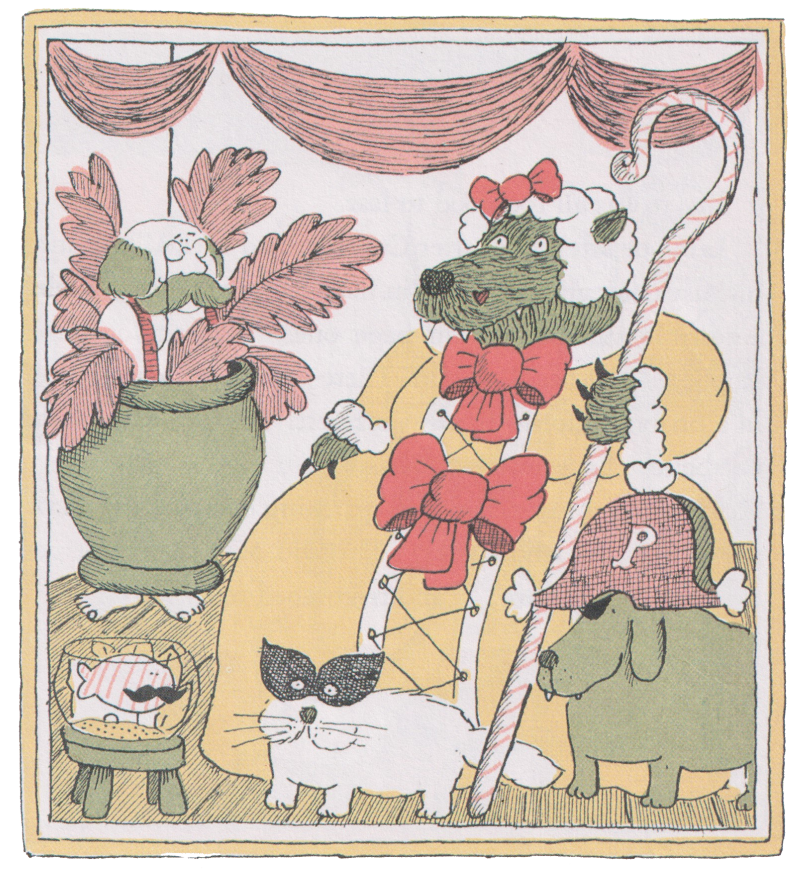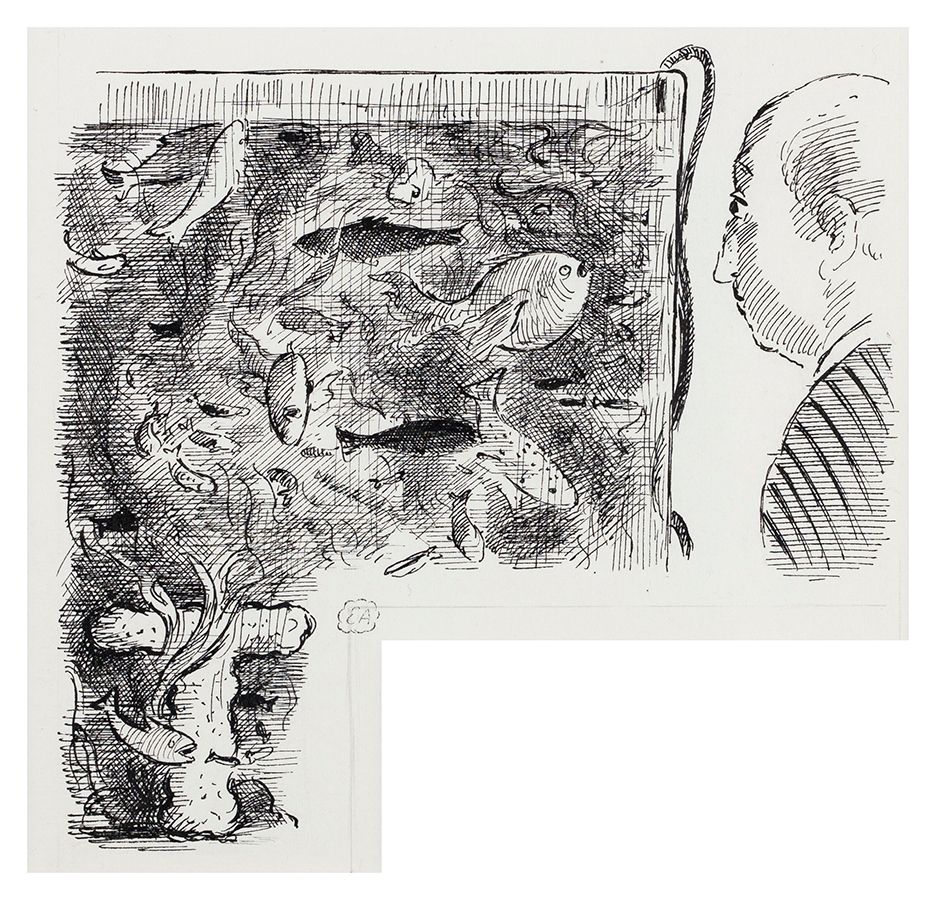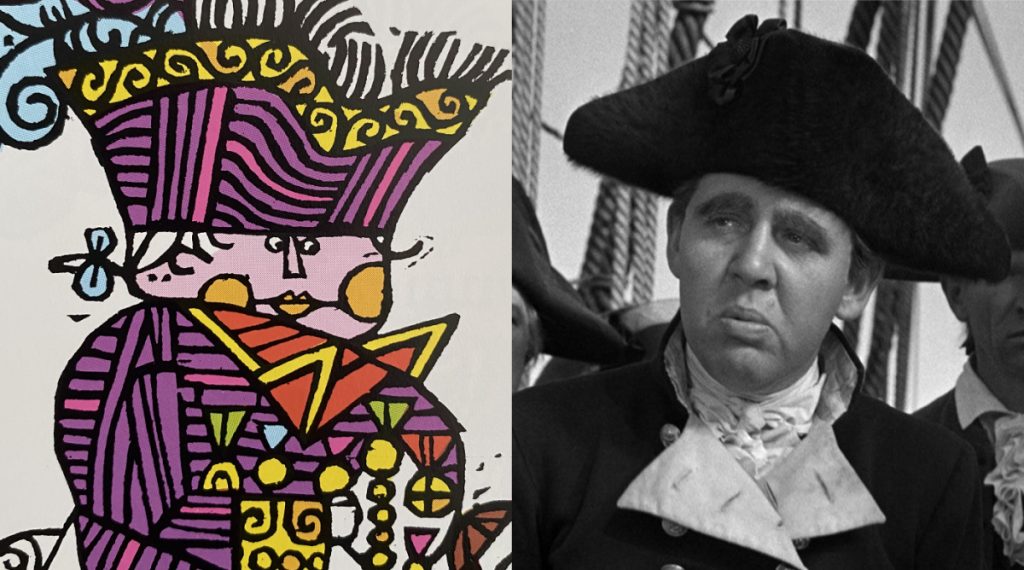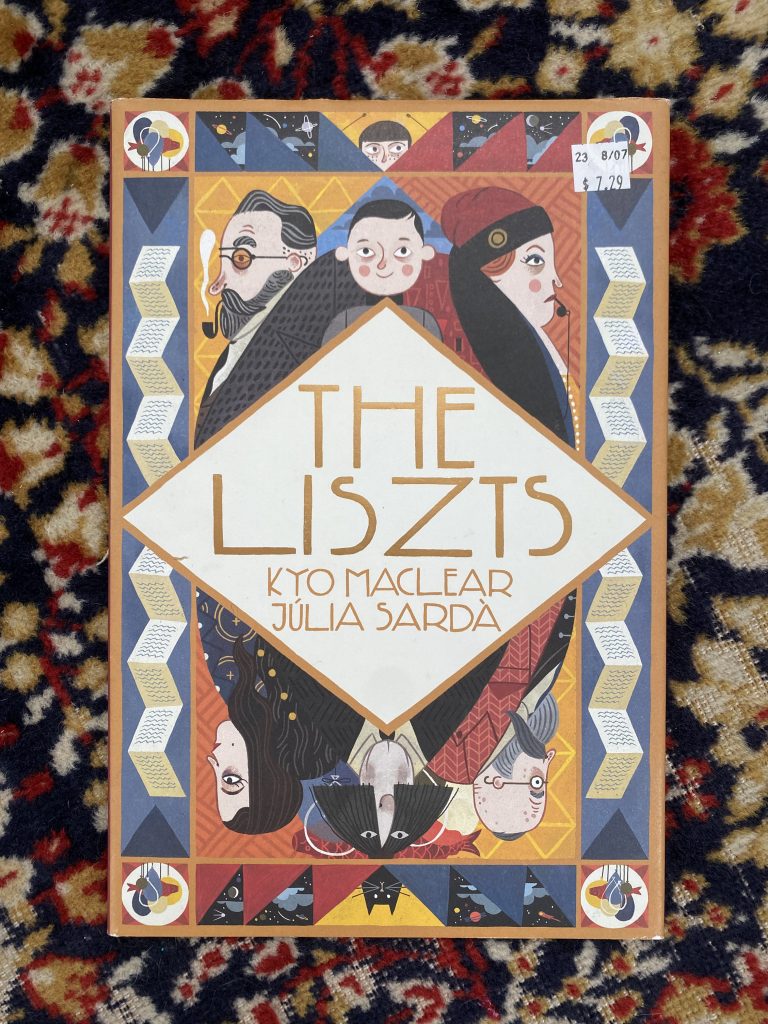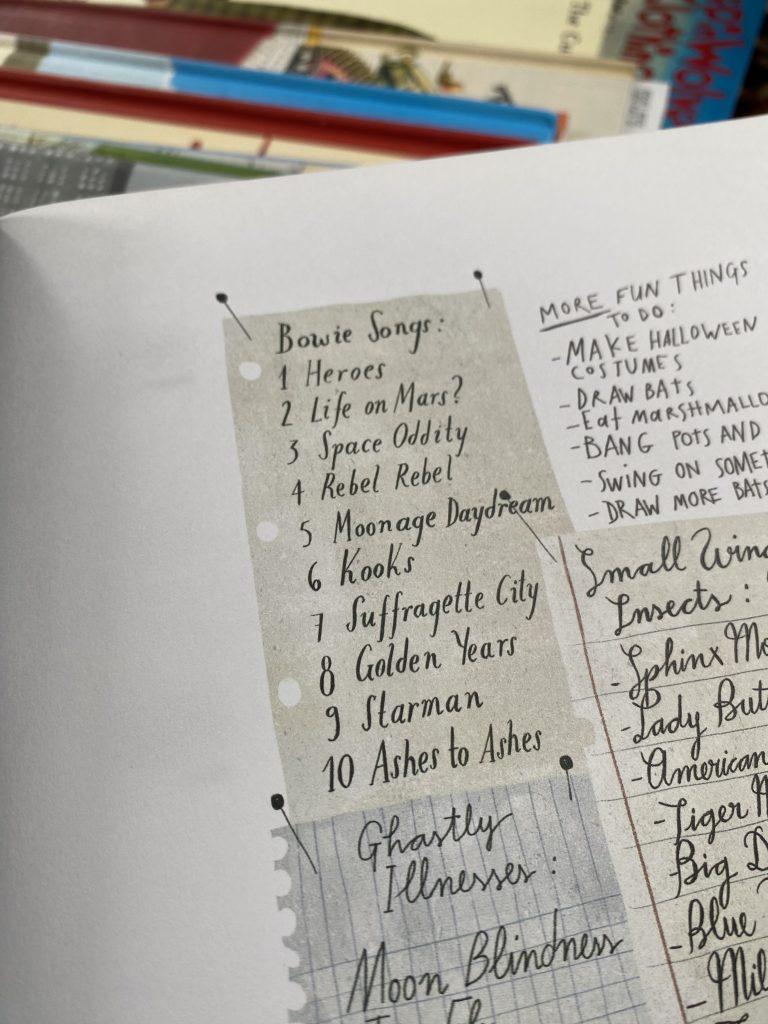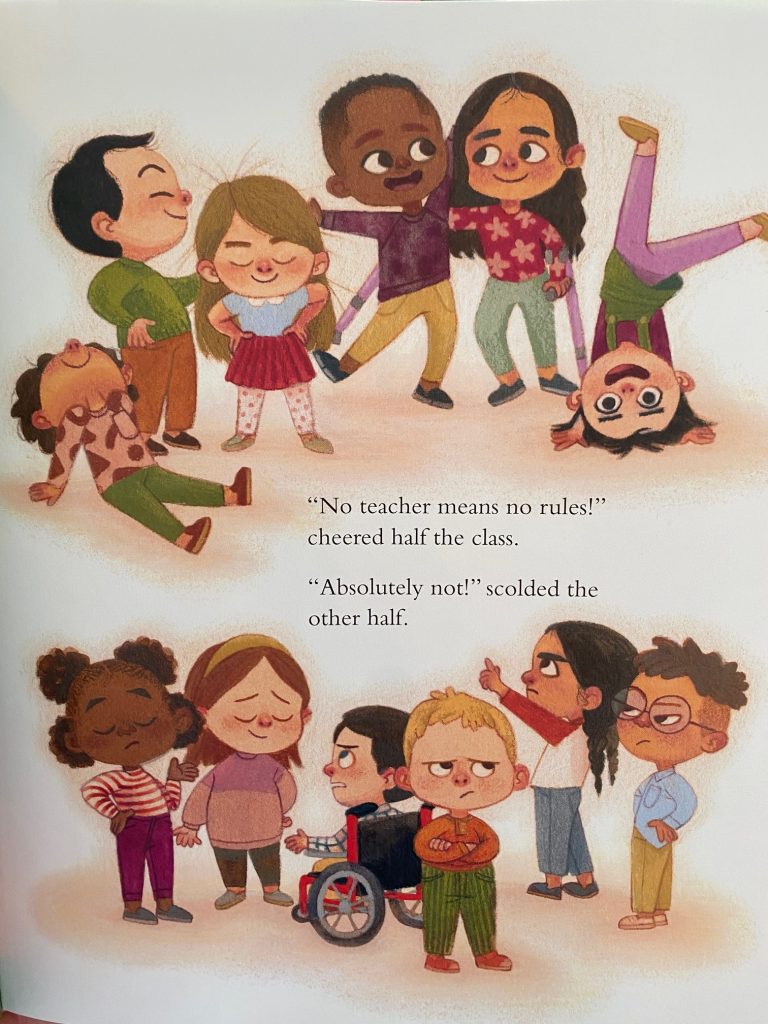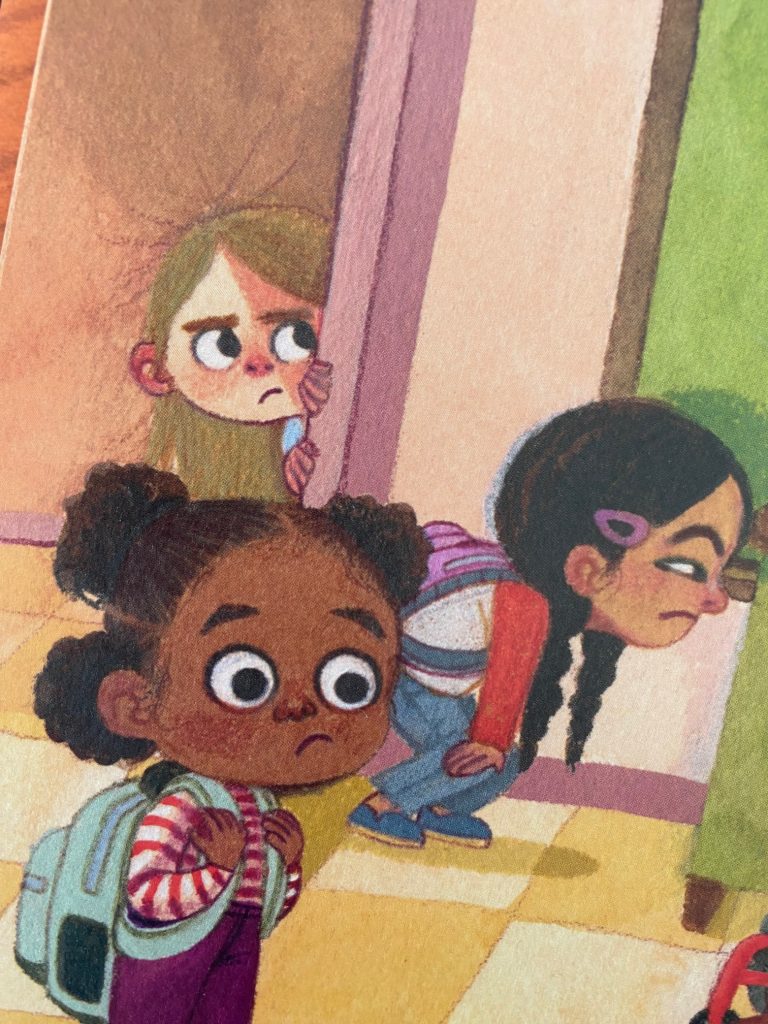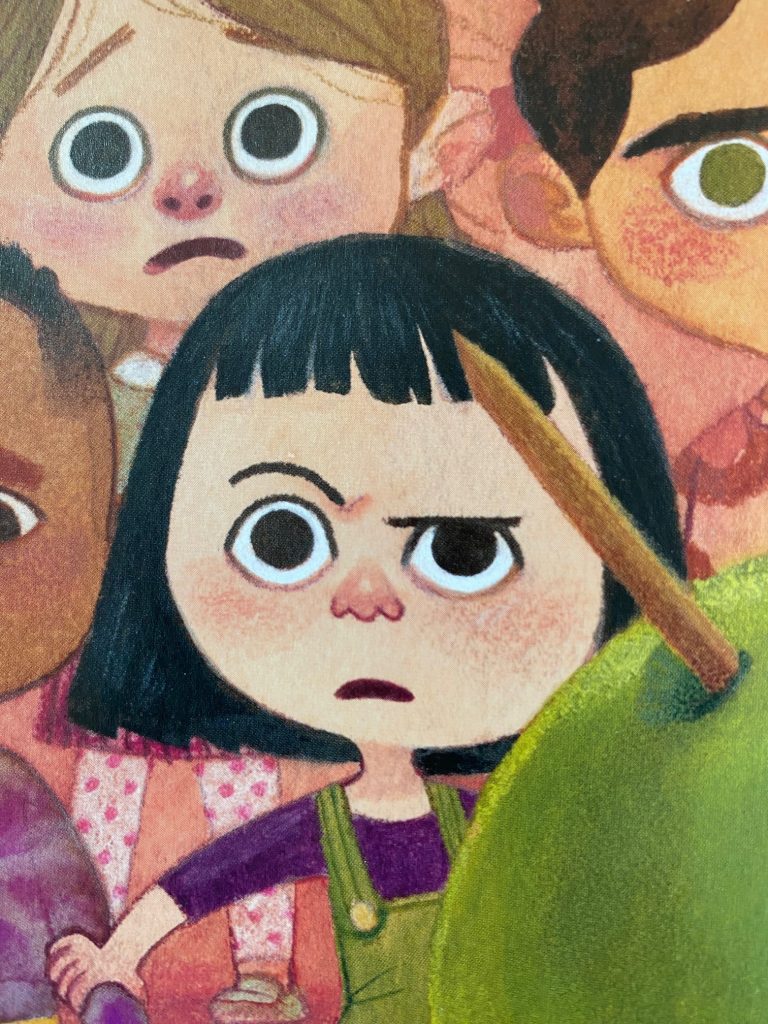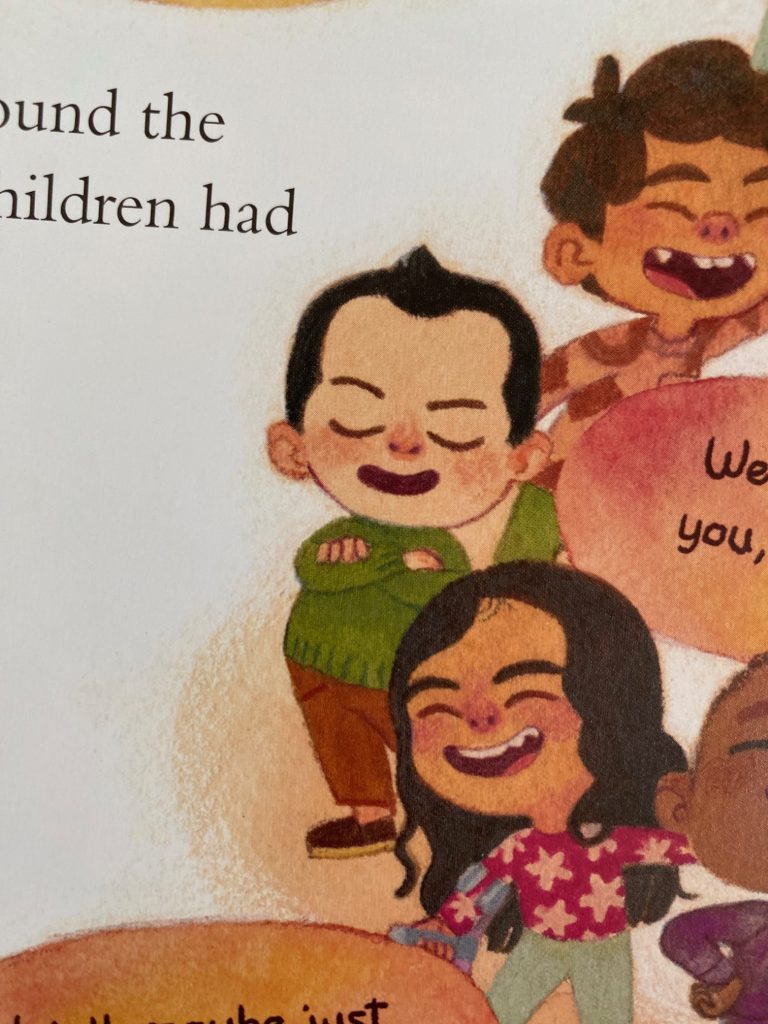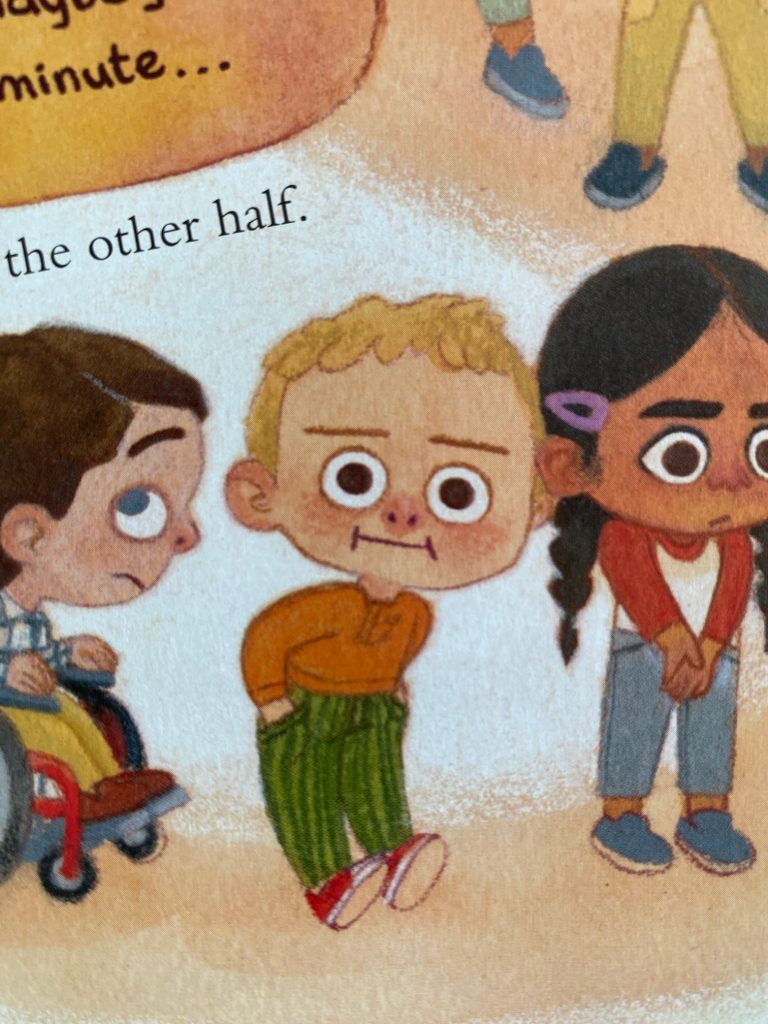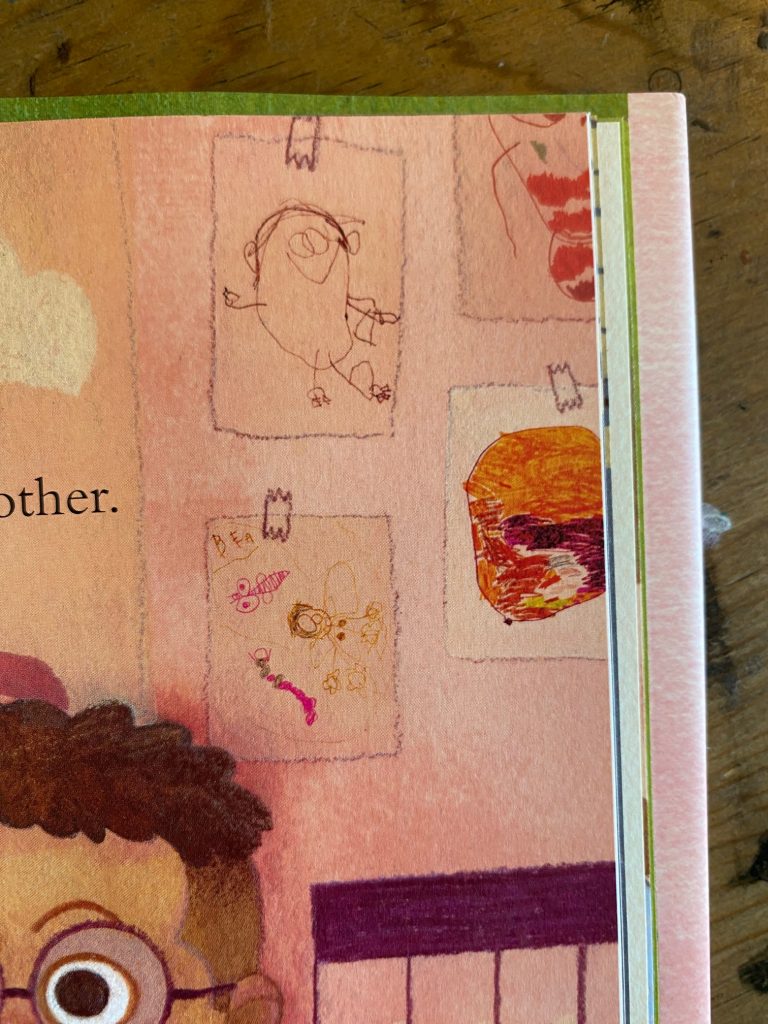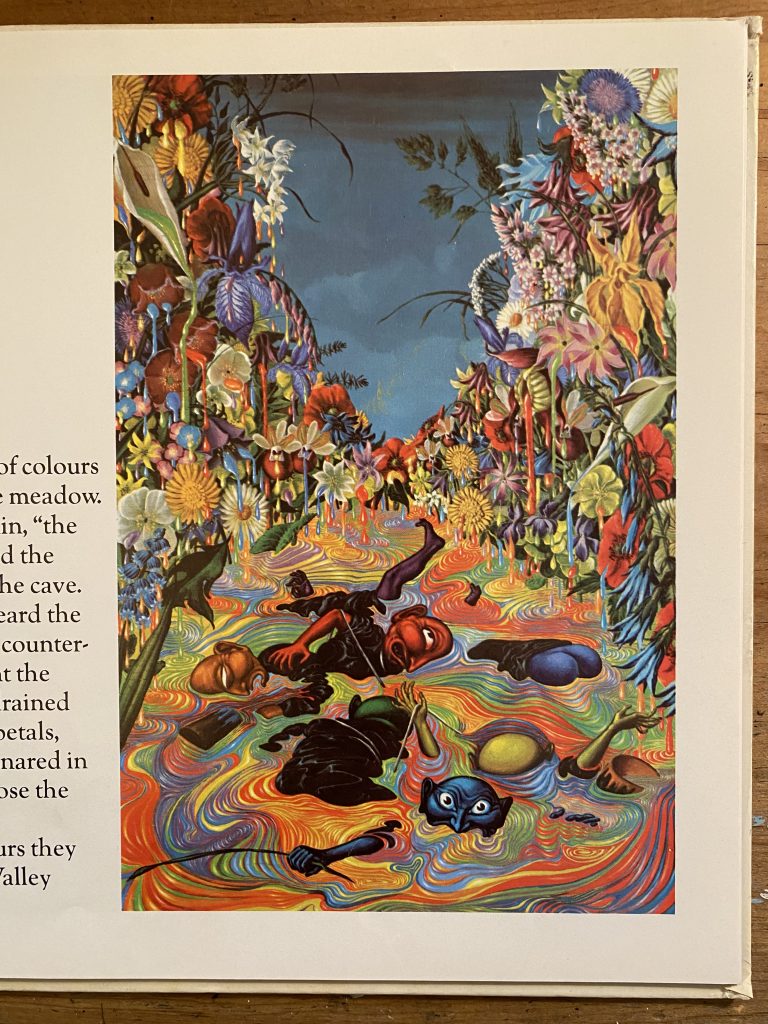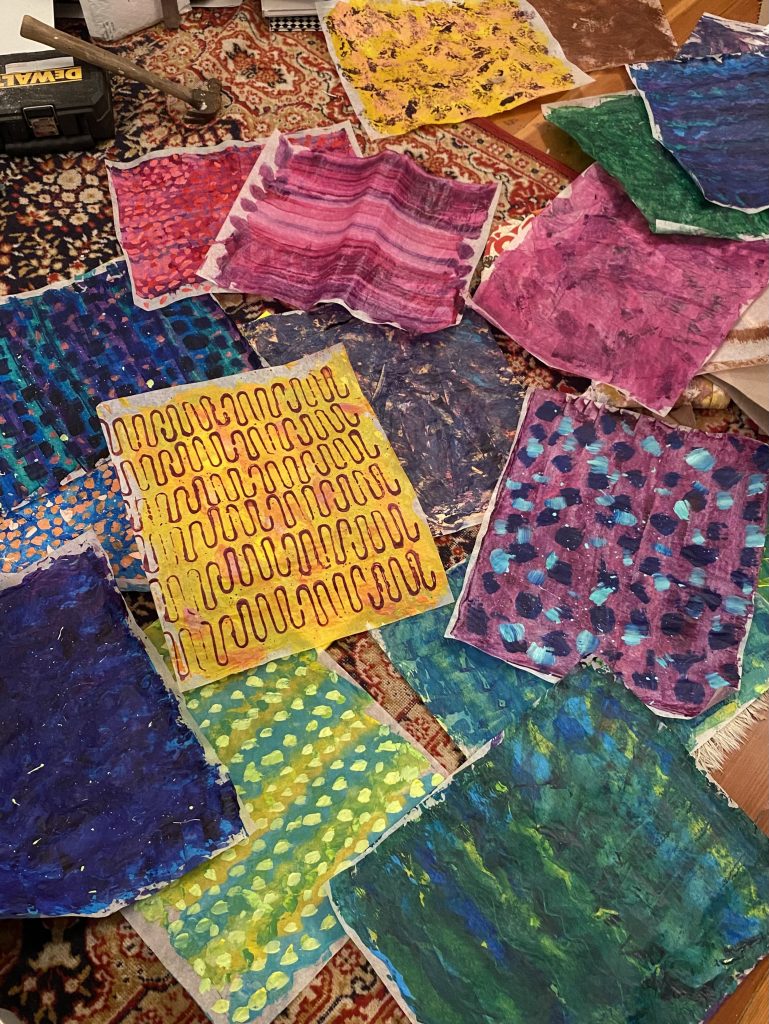#PBwithJ: Oh, Olive!
I just had a lot of fun reading OH, OLIVE! by Lian Cho and I want to share that with you.
So, I pre-ordered this book a few months ago. I saw the cover reveal and knew I wanted it. How could I not? Olive is a kid after my own heart. Our studio floors look the same.
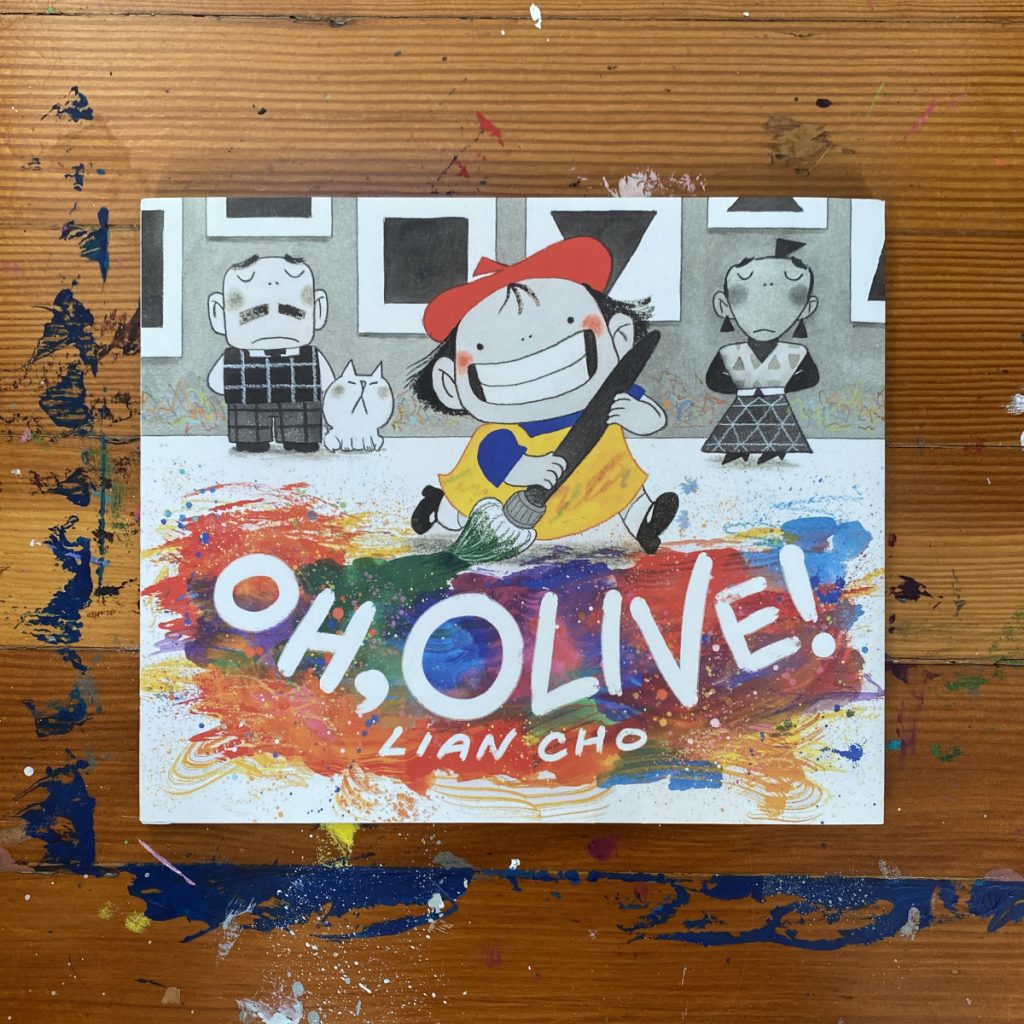
I will often preorder books and then forget to read them. It’s ridiculous, I know, but usually by the time the book arrives, some new shiny object has caught my eye. Or maybe, in the time it took for the book to come out, the whole world has gone to hell. But today I was reminded that this book was waiting for me and I’m so happy I was.
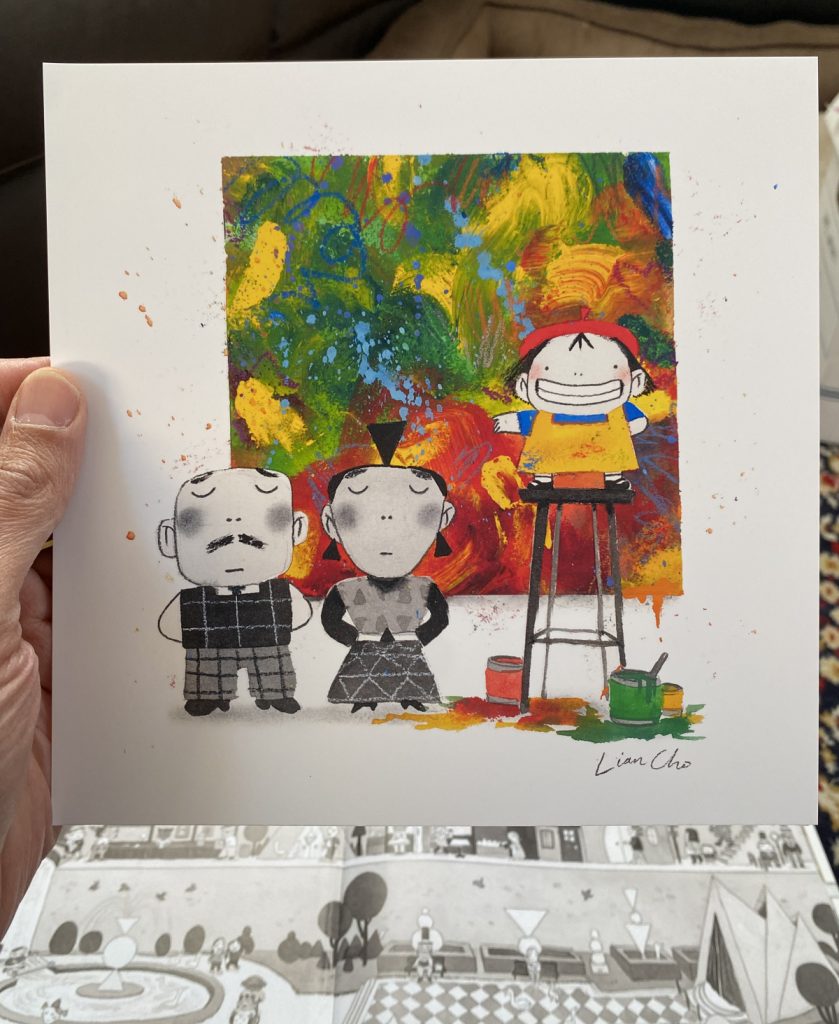
Not least of all because there was a print inside the package. Whaaaat?
OH, OLIVE! is a joy. I love it. The book is very smartly put together but for me 99% of the charm comes from the main character’s face.

There’s something in the art that reminds me very distinctly of Satoshi Kitamura’s work.
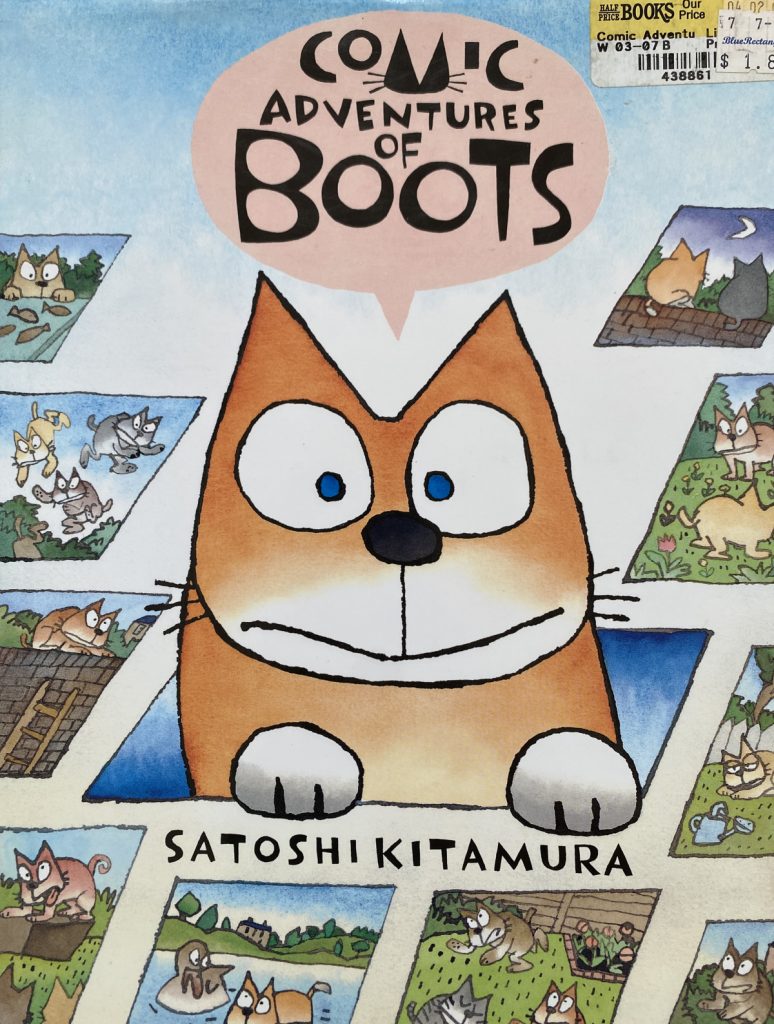
Some of that is in the character’s proportions, but also in how the illustrations are staged. Like Kitamura, Cho’s use of panels reads so clearly and cleanly. I envy this.
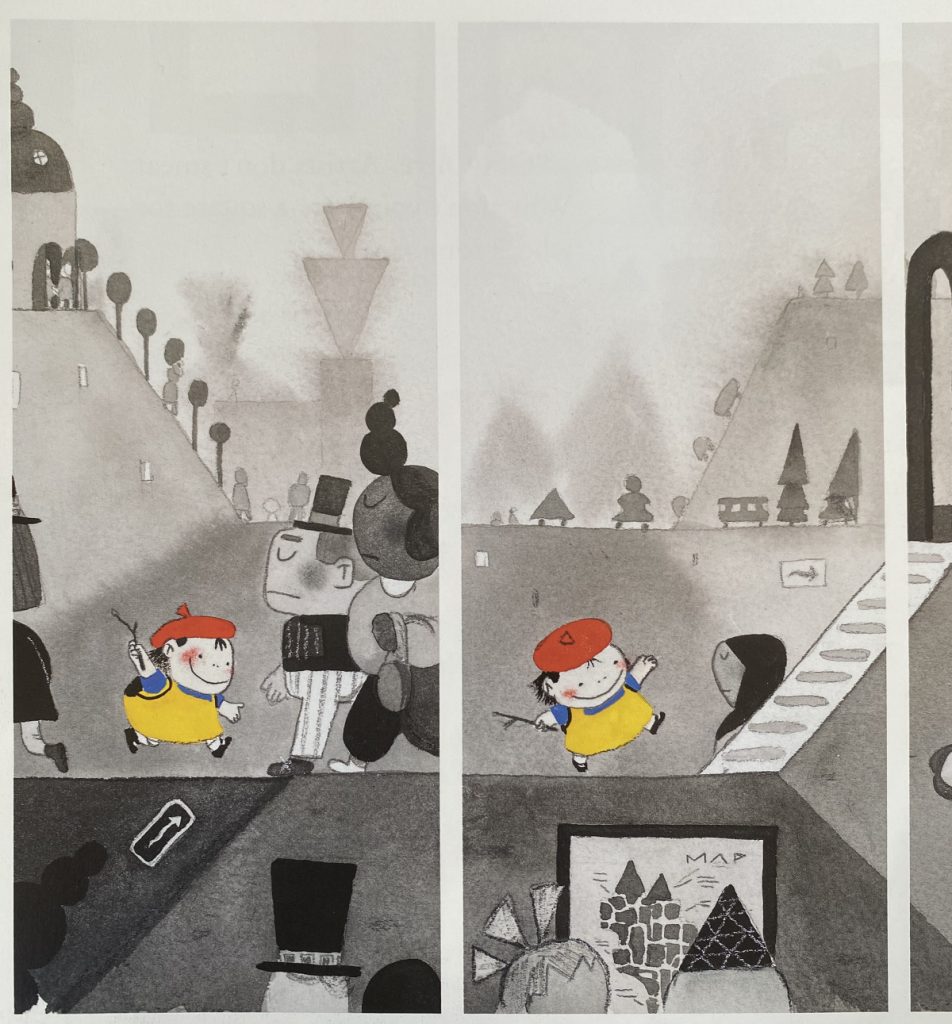
The backgrounds in those two panels reminded me a lot of another favorite creator, Taro Gomi. I couldn’t find my copy of Gomi’s COCO CAN’T WAIT, which I think has some kind of similar horizon/skyline, but here’s the cover of MY FRIENDS that shows a little of what I’m talking about.
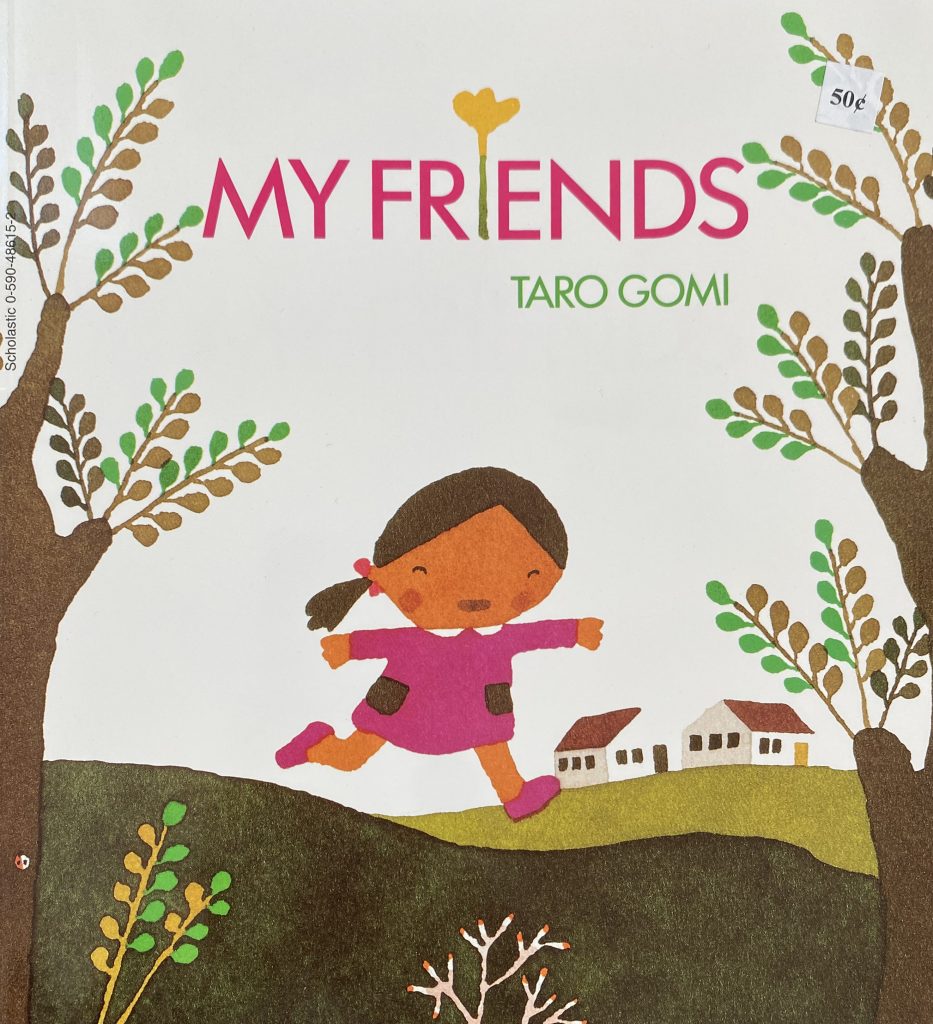
And there’s such a beautiful simplicity in the character’s design that Cho nails. But besides that simplicity, Olive’s design is just plain funny. Maybe that’s why Olive also reminded me of these kids that British editorial cartoonist Giles would draw.

I was obsessed with “Little Giles” and now I’m obsessed with Olive.
Oh, hey, check out the copyright page. I was oh-so-happy to see the media listed here… I think for the story to work, the illustrations had to be this analog.

It’s obvious, I think, that I’m a fan of the art but I also love the story. As the story reaches its climax and I reached this point in the illustrations, I actually said “Ohhhh no…” (or maybe it was “Ohhhh damn…”).
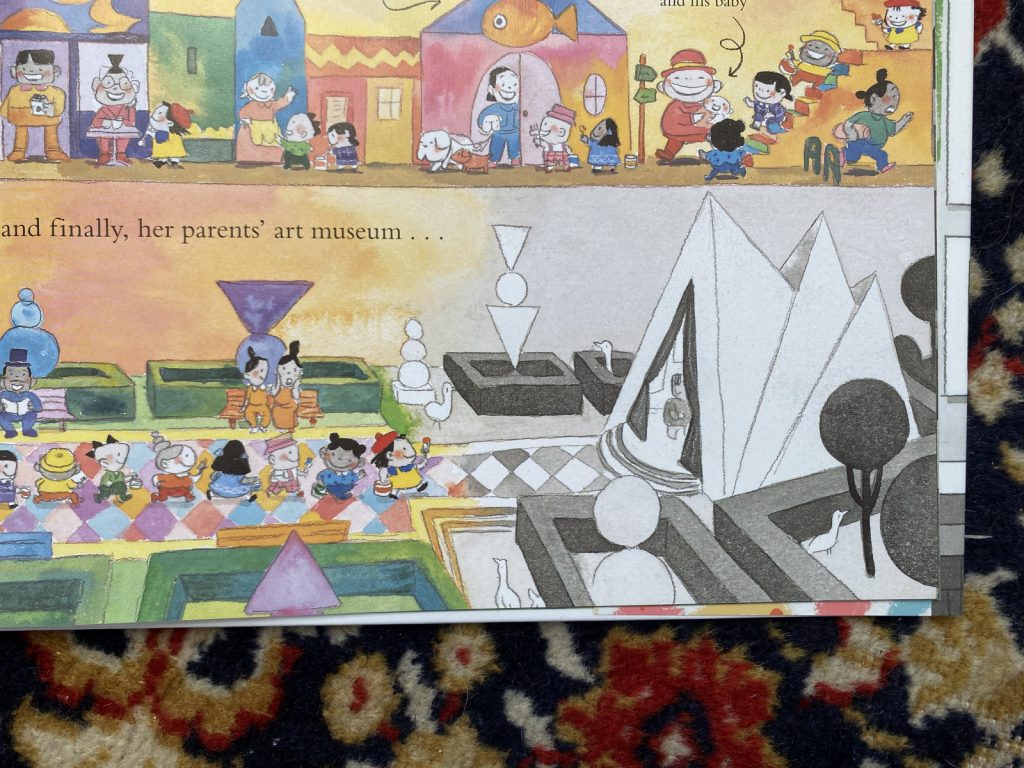
But I won’t spoil that. You can see for yourself. Go grab OH, OLIVE! It’s worth it, with or without the art print. I wrote this post after a single reading, I’m sure there’s way more to appreciate. In fact, if you have a copy of OLIVIA by Ian Falconer (which I don’t, surprisingly), I bet that’d make for a fun side-by-side review.
In closing, I LOVE THIS FACE!!!

